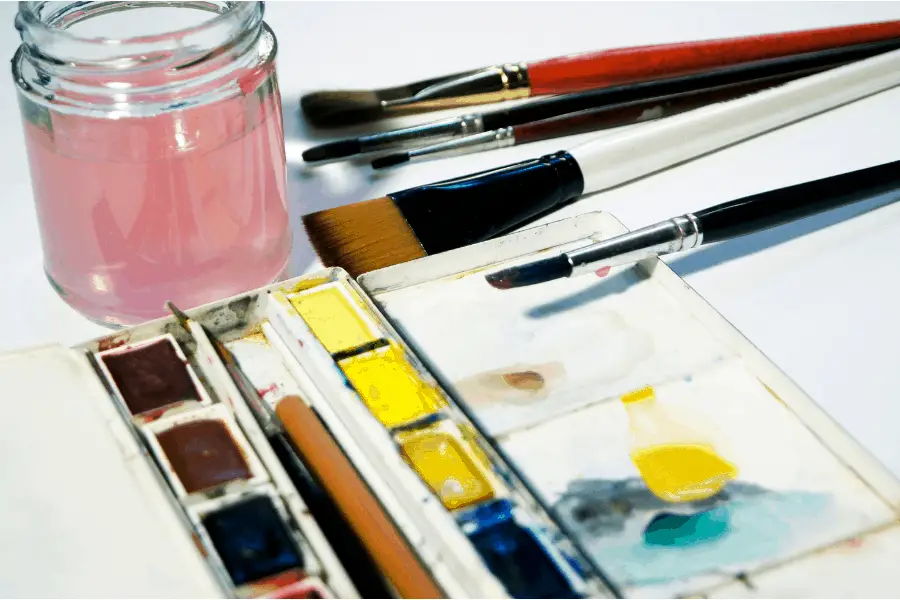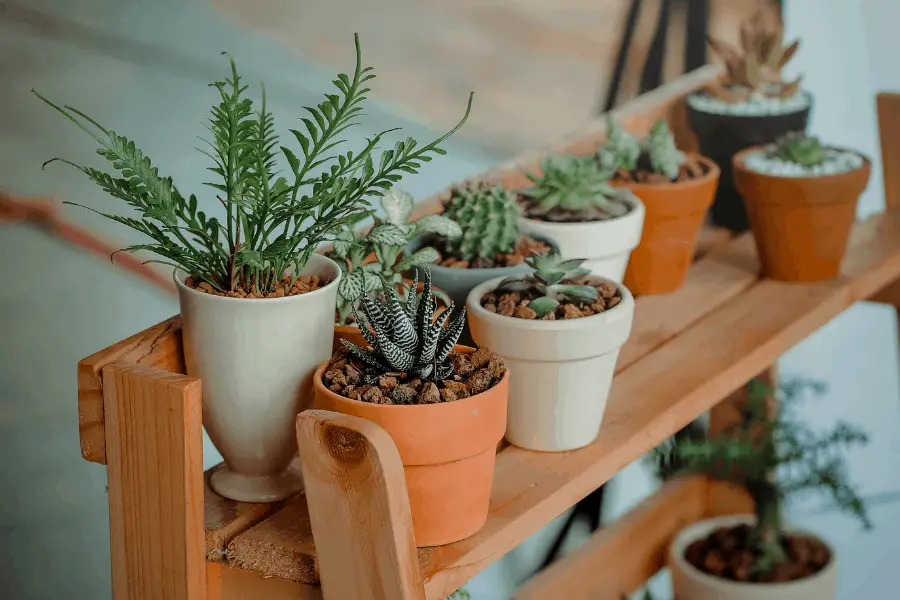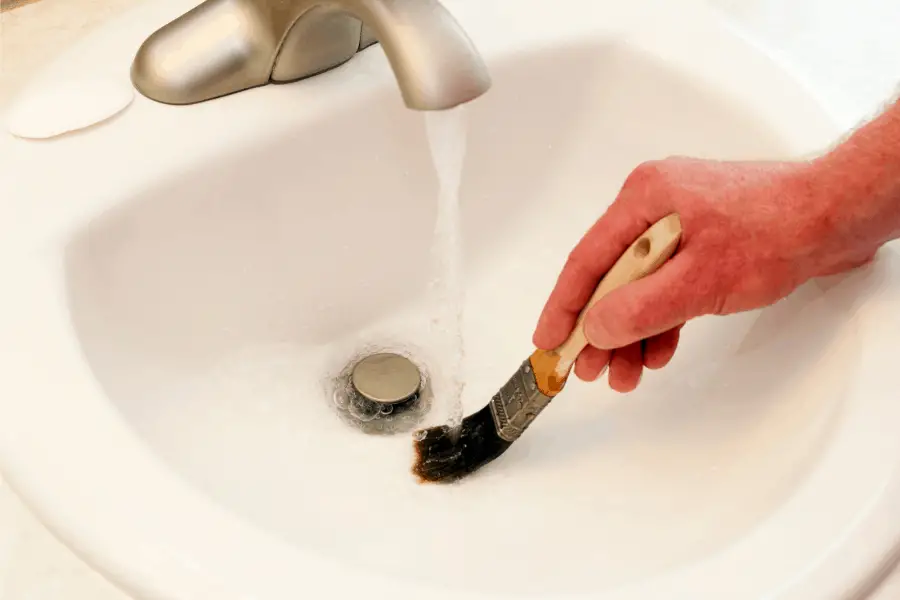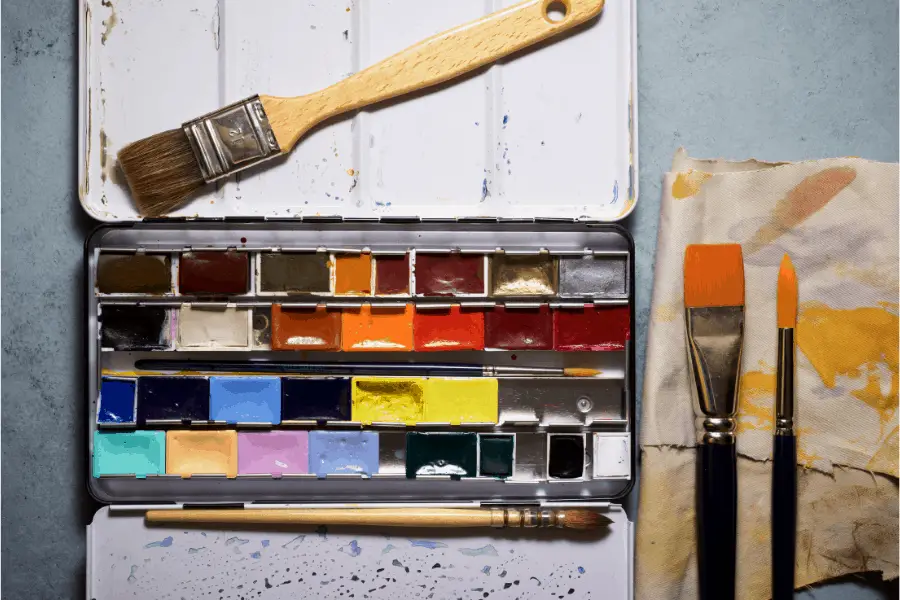When you paint, you are going to have used paint water to deal with. This will be due to the fact that you need to rinse your brushes between colors and wash them completely when you are finished. It might be tempting to pour watercolor water down the drain, but is this the best thing?
So, can watercolor paint go down the drain? Yes it can, but there are other options of disposing paint and water as well. While watercolor paints don’t require an intense cleanup, you will still need to consider the pigments that are being used. It is not the worst thing to pour watercolor water down the drain, there is a better option.
Watercolor paints are water-based and generally safe, but there are some instances where the pigments in the paint can be hazardous to the environment. Instead of taking the risk and pouring watercolor water down the drain, you should take a disposal route that will be safer and easier.
How to Dispose of Used Watercolor Water

The first thing you can do to make disposal of watercolor water easier is make sure you are only using a small amount of rinse water when you are painting. The less water you use while you are painting, the less you will need to get rid of when you are finished.
My favorite and top pick is always Arteza Watercolor Paints. They have so many different colors, and the quality is amazing! I usually use Arteza Paints for all my projects.

When your small amount of water gets too dirty, you can pour it into a larger container. This container can hold watercolor water until it is completely full, however long that takes. When the larger container is full, you will want to let it sit for a few days before you do anything with it.
Allowing the container of watercolor water to sit will give the paint time to settle at the bottom of the container and separate from the water. This will make it easier to pour the water through a coffee filter and keep the paint in the bottom of the container.
When all of the water has been emptied from the container, you will be left with just the sludgy paint at the bottom. You can simply wipe this away with a paper towel or other towel and throw it away. This process is much safer for the environment and your plumbing.
Even though the water might appear clear after you filter it, there are still pigments left in the water. The best thing to do is treat the water with a method that makes the pigments clump and completely separate from the water.
You can use a Paint Hardener like this Homax Paint Hardener kit.
How Do You Dispose of Watercolor Paint?

As stated before, watercolor paints are water-based. This means they are safe and non-toxic, but you still won’t want to dispose of them in a way that might be dangerous to the environment when you are finished with them. There is a much safer way to dispose of watercolor paints.
If you are trying to dispose of watercolor paints that you used on your palette, the best thing to do is scrape them into a can or jar and give them time to solidify. You can cover the container and safely dispose of it in your trash or a landfill. If you are using paints with cobalt or cadmium pigments, you will need to take these to a hazardous waste facility for disposal.
Can I Water My Plants With Watercolor Water?

You might be wondering if it is a good idea to water your plants with your watercolor water. Water is absorbed through the roots of the plants and delivered through the entire plant. What would happen if you used watercolor water to water your plants?
The roots of a plant will usually only absorb minerals and nutrients that the plant needs to survive. Anything that can be toxic to the plant will be filtered out and the plant will remain protected.
If you were to water a plant with watercolor water, you will likely notice a little change in the color of the plant. This is due to the roots absorbing the dye from the water and filters it to the plant. You will most likely notice this change in plants or flowers that are white in color.
There is also the possibility to water cut flowers with watercolor water. When flowers are cut from their roots, they function differently than they would if they were still attached. Water is absorbed directly into the veins of the flower instead of through the roots. The best flowers to use for this would be carnations, mums, or any other light-colored or white flower.
When a cut flower absorbs water that has pigment, you will notice that the edges of the flower and the leaves start to change color. However, this won’t work very well in flowers like dandelions because they secrete a natural residue and won’t absorb the colored water.
Is It Okay to Wash Paint Brushes in the Sink?

Washing your paint brushes is an important task in order to keep them in good shape. Your ability to wash paint brushes in your sink will depend heavily on the type of water system you have. For example, you might be on a public sewer system or a septic tank.
I like to use this Artify Watercolor Paintbrush Set. They’re premium quality, but super affordable. They also work great and my paintings turn out beautiful with this set.

If your house uses a public sewer system, you will be able to clean paint brushes in the sink with no issues. If your house is on a septic tank, washing paint brushes in your sink can cause clogs and ultimately ruin your tank. A septic tank can be very expensive to replace or fix, so you will want to avoid this at all costs.
If your house is on a public sewer system, you can use your sink to clean your brushes. You will want to close the drain and fill the sink with water and soap. Clean the brush by gently massaging the bristles in the warm water and soap until you don’t see any more paint coming out of the brush.
If you have a septic tank, you will want to use different containers to clean your brushes instead of your sink. Fill one container with water and soap and fill another with just clean water. Clean the brush in the container that has the soap until you are sure all of the paint is out of the bristles. You will then want to rinse the brush in the container with the clean water. Dispose of this water the same way you as described above.
Final Thoughts
When you paint, you are going to have water with pigment in it. This is due to both rinsing the brushes between colors and cleaning your brush when you are finished. You might be tempted to just pour your watercolor water down the drain of your sink. While this might seem harmless, and it usually is, there is a better way to protect your plumbing and the environment.
When you are finished with your watercolor water, pour it into a larger container. When this container is filled up, let it sit for a few days. You can then drain the water through a coffee filter and wipe the paint sludge up with a paper towel. You can then throw the paper towel away.
Make sure to follow all my tips and recommended products to ensure your watercolor project turns out great! Also, don’t forget to check out my other articles for all your painting Q&A’s. Happy painting!


